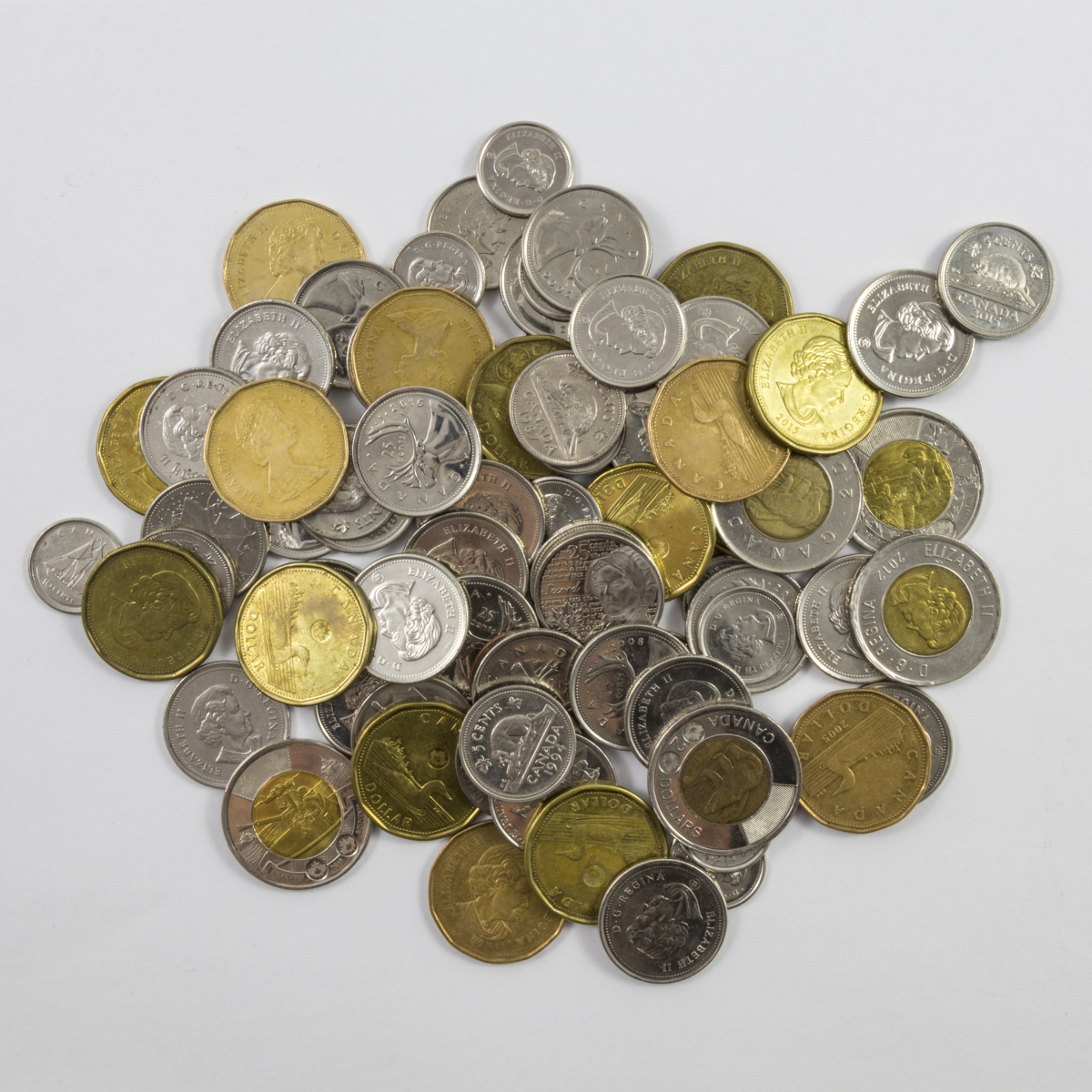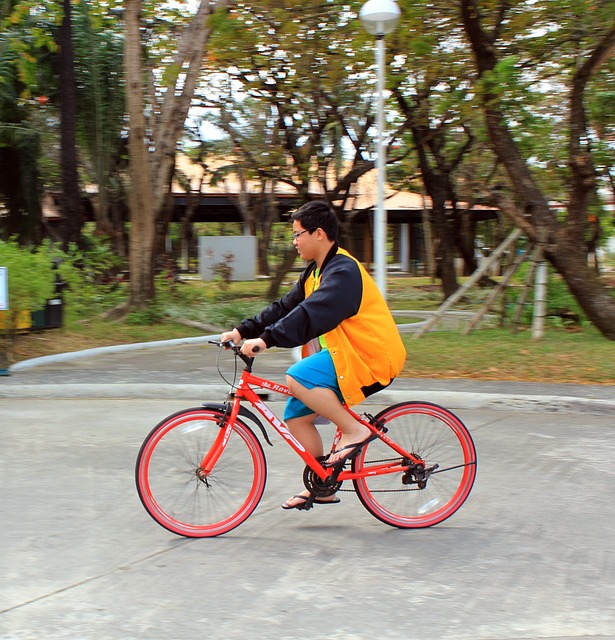The Power of Stewardship
Our Personal Impact on the Environment
MINDS ON
WasteManagementDD
Watch the following videos to see what happens when waste doesn't end up where it is suppose to go.
ACTION
With the world’s urban population growing comes the issue of managing waste produced in these communities. It wasn’t long ago in Ontario when all waste produced went directly into landfill sites or into incinerators (definition: This refers to burning waste in high temperature waste treatment systems, which converts the waste into a smaller volume consisting of primarily ash.), but today that is not the case. Our landfills are quickly becoming full and we must therefore look to other solutions to divert waste.

Waste Management in Ontario
We will take a trip across our province to see some of the waste management strategies used in various communities.
County of Simcoe - Garbage Tags
Location: Collingwood, Wasaga Beach, Essa Township, etc. Interactive waste management map.

City of Markham - Clear Bags for Garbage

The City of Markham has introduced a clean bag system for their garbage collection. Citizens must use clear bags for their garbage, and any coloured or tinted bags will not be accepted. There is no limit of bags of garbage that citizens can set out, provided they are clear. Within the clear bags citizens are allowed up to a maximum of four small shopping bag sized “privacy” bags to contain waste they do not want others to see. The city has imposed this clear bag policy as an incentive to keep people from discarding hazardous and electronic material that should not be thrown out in the garbage. The city also warns residents that they will not collect the clear bags if they contain large amounts of recyclable materials.
City of Waterloo - Bicycle Reuse Program
Location: Waterloo Ontario. Map of the region.

 Managing Waste in Your Community
Managing Waste in Your Community
What waste management strategies exist in your community? Make sure that you know the rules you must follow in your local area for waste management and about any special programs that are in place such as yard waste collection, additional fees, or unique programs to divert waste.
On your next garbage day, check out how much waste is at each household and consider how effective the strategies that are in place, are at actually diverting landfill waste.
 Businesses and Sustainability
Businesses and Sustainability

Now that you have proof of a positive action, it is time to find proof that businesses still have some work to do when it comes to encouraging sustainability. Be a detective yet again and find an example in your own community of a business that you feel does not encourage sustainability. Perhaps it’s an item you see in a grocery store that is contains unnecessary packaging or a restaurant that uses take out containers that aren’t recyclable. Snap a photo and provide a brief explanation of why you feel this isn’t a sustainable practice and suggest how you feel they could improve this situation.
 Where does our waste go?
Where does our waste go?
The City of Toronto has produced an informative video about solid waste management in their city. Watch the video with a critical lens and take notes on what you think citizens of Ontario should know about our largest city’s waste management strategy.
 Waste Management Headlines
Waste Management Headlines
If you were writing a blog post about the waste management practices of the City of Toronto, what would your headline be? Write a headline that you feels supports their practices and one that challenges them.
Canadian Waste being Shipped Abroad
As you may have noticed in the City of Toronto video, communities often ship their waste to locations outside of their borders. This can also occur with our recycling as well. Check out the following blog post from Craig and Mark Kielburger, two Canadian changemakers about the impact our waste is having on a community far from our borders.
If you want to view any links in this pdf, right click and select "Open Link in New Tab" to avoid leaving this page. (View the original article.)
 Shipping Waste
Shipping Waste
Is it fair that Canadian communities ship their waste to other parts of the country or world?
CONSOLIDATION
 Day of Sustainability
Day of Sustainability
You have been chosen by your municipal government to design and lead a “Day of Sustainability” that will bring attention to issues of sustainability in your community. The goal of this day is to persuade people to adopt behaviours that reduce their personal impact on the environment. Lucky for you, the municipal government has provided you with a large budget which you can use to support your initiatives and activities.
You have organized a meeting with the municipal government so that you can share the itinerary of activities you have planned in order to achieve the goal you set out to accomplish. An itinerary is a plan of action that outlines how your day will be planned out. You will also need to provide an explanation as to why these activities are important because not all members of your municipal government will have the same depth of knowledge as you have when it comes to issues of sustainability.
Step 1: Look around your community and see "where" you feel people are often making unsustainable environmental choices. Brainstorm a list of activities that you could implement during your “Day of Sustainability” to encourage people to adopt a more sustainable lifestyle. For example, if you want people to stop using plastic straws, perhaps you have a lunch time giveaway of paper or reusable straws, or encourage them to drink directly from the pop can without a straw.
Step 2: After you have brainstormed a list of activities, research why they are needed and how they will encourage positive change. For example, your paper or reusable straw giveaway is needed because each year thousands of single-use straws are thrown out and will never decompose. These straws are adding to our landfills, as well as polluting our oceans.
Step 3: Create an itinerary that you will show to your municipal government, an itinerary which will persuade them to support your “Day of Sustainability.” You may wish to use Google Slides or another tool such as Piktochart, Canva, Haiku Deck, etc. to display your itinerary. You have been given a full day to run your events (9am-5pm, or longer if you wish) and you should explain how the activities of the day will unfold, as well as a description of why they are needed and how they will help encourage people to live a more sustainable life in the future.